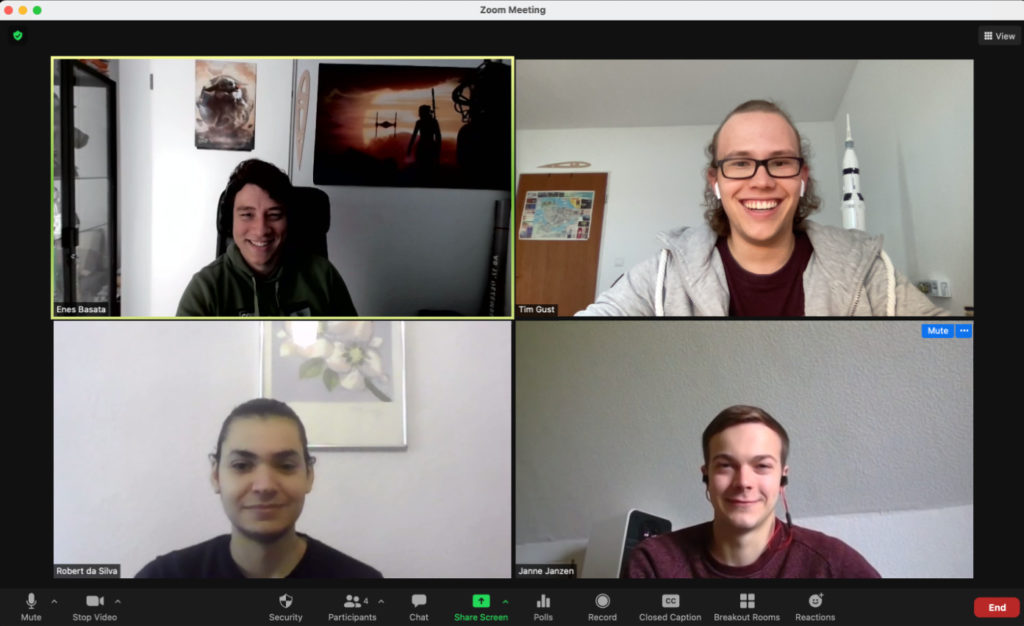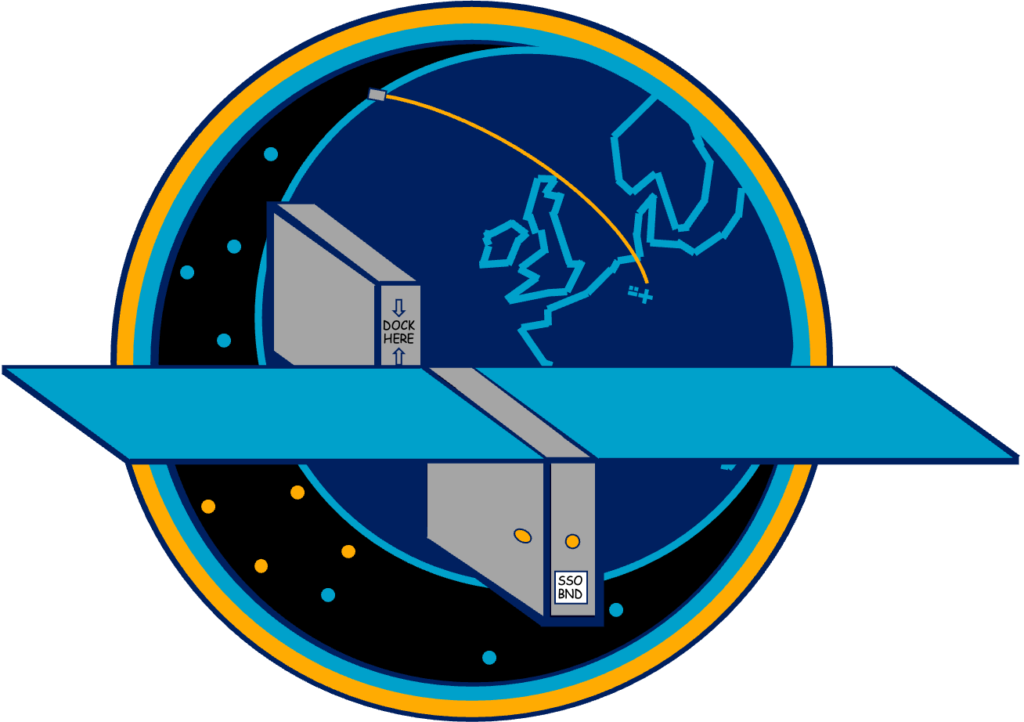Students from all over the world are using Valispace to manage their engineering data.
Thanks to the SBASE team in Bremen for taking the time to give us updates about their final year project. It’s been great to read about their design process, how they found out about Valispace, and their recent learnings about the importance of systems engineering. Below are the words from the team themselves, enjoy!
Background
SBASE is a proposed 6U CubeSat that functions as the bus for another 6U CubeSat, supplying it with power, attitude and orbit control, stabilization, and communications. The SBASE team consists of four students of the University of Applied Sciences Bremen. We are all in our third year of a Bachelor’s degree in aerospace engineering, and took a class on orbital and satellite systems this summer term. The class focuses on the different subsystems of a spacecraft and the importance of systems engineering. Instead of making us take an exam at the end of the term, our professor let us write a proposal for a space mission of our choice that had to contain the basic concept for a spacecraft and a detailed description of at least three of its subsystems. We decided to take this opportunity to design a CubeSat mission that would allow us to fulfil the requirements for our assignment as well as lay the groundwork for a potential follow-up project where we would actually build the spacecraft.
Mission
Our proposed mission consists of two 6U CubeSats that shall demonstrate on-orbit rendezvous and magnetic docking, and the transfer of power and data. The bus called SBASE hosts all subsystems to enable the second spacecraft – the payload – to carry out its mission. By outsourcing as much of the housekeeping subsystems to SBASE, more space on board of the payload can be allocated to scientific equipment. If the demonstration mission is successful, the concept could be scaled up to a larger platform where the bus stays in orbit for years supporting many different payloads which are routinely switched.
Project development
At the beginning of the project, we defined the most important requirements for our proposed demonstration mission. From these basic requirements, we continued to define the subsystems of our spacecraft. For example, we invested a lot of time into a simulation for the rendezvous and docking phase of the mission, and used this simulation to determine the optimal position of the thrusters. We also strived to keep the overall cost of our spacecraft low, but at the same time wanted to make sure to have enough computing power to calculate the complex docking manoeuvres. Therefore, we studied the use of small common computers like the Raspberry Pi, of which we ultimately decided to use three, because it is powerful enough for the required calculations, and is cheap enough so that we can establish triple redundancy. We also went into detail designing the aluminium frame of the spacecraft, and made sure that all subsystems were linked together.
Given that the entire project was done online without any in-person meetings, the ability to have all variables in one place was extremely helpful too. Valispace made that really simple, and we would definitely recommend the use to our fellow students
This is where we turned to Valispace. From previous projects that included building a large radio-controlled model airplane and designing a human-powered aircraft, we were aware of the importance of keeping track of all important parameters and them being always up to date in all files to not mess things up. When our professor introduced us to Valispace during a lecture, we saw an opportunity to keep track of all the parameters of our project and continuously update our simulations and calculations. Given that the entire project was done online without any in-person meetings, the ability to have all variables in one place was extremely helpful too. Valispace made that really simple, and we would definitely recommend the use to our fellow students.
We handed in our proposal at the end of July, and are proud to say that we have received a very satisfying evaluation. Unfortunately, we are not able to continue the project as a whole due to a lack of funding. However, we are hopeful that we can continue to work on some of the innovative solutions we proposed as part of a bachelor thesis or research projects.


